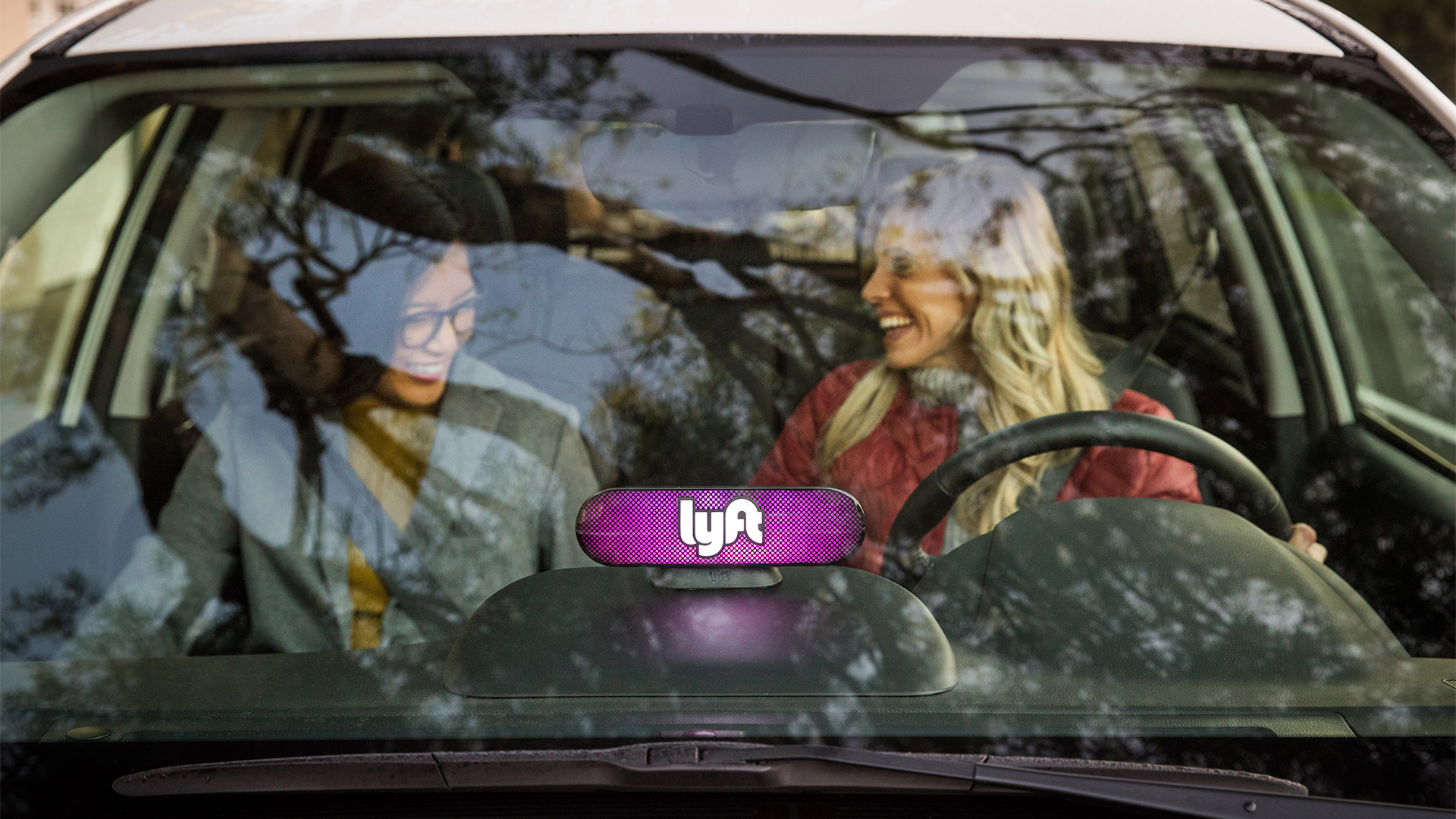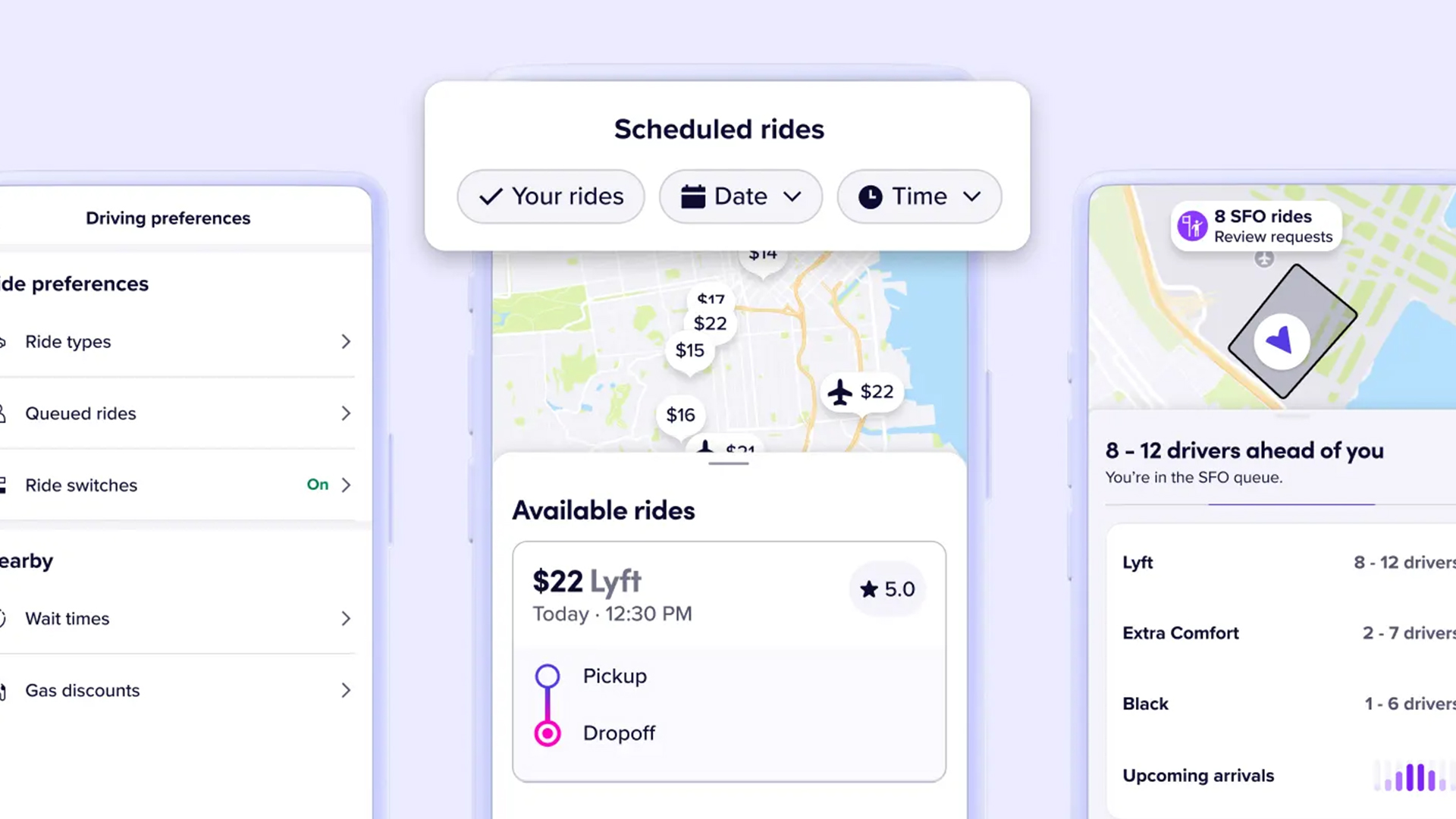
Lyft, which is one of the largest ride share and transportation services in North America, has partnered with software platform provider Smartcar to reduce range anxiety among those professional drivers opting for electric propulsion.
A new feature, dubbed Rides in Range, will only offer ride requests from those customers that are within the remaining battery range of EV drivers.
Available now to drivers on the platform, the system builds in a 20-mile buffer on an EV’s battery range to accommodate different driving styles or route obstacles.
Lyft has implemented the new Rides in Range feature as it understands that range anxiety still plagues many of its drivers, claiming that juggling the remaining range mathematics adds an additional and unnecessary headache to proceedings.
What’s more, drivers can lose out on fares and garner negative feedback should they have to stop to charge mid-fare or turn down a ride request due to a lack of remaining range.
Smartcar says its consent-based API (application programming interface – essentially the technology that enables apps to 'talk' to each other) requires a one-time set-up through the existing Lyft app, which then only shares the necessary data permissions with Lyft, maintaining privacy while improving the driver experience.
The company’s neat solution retrieves data on the vehicle’s remaining battery range via the manufacturer’s range-estimation tool, ensuring increased accuracy depending on climate conditions, vehicle ancillaries in use, and driving style.
Lyft has set itself the target of achieving a goal of reaching 100 million EV rides on the platform by the end of 2025.
Its Rides in Range feature will not only hunt for ride requests within battery range, but will also alert drivers to charge after completing a trip if their battery level is expected to fall below 20%, ensuring more time on the road and more money in the pockets of drivers.
Keen to be green

Lyft has ambitious targets when it comes to electrifying its fleet of ride-share vehicles, with the company stating in June 2020 that it wanted its entire fleet to be 100% electric by 2030.
That's not an easy ask, considering drivers use their own vehicles, so have to be convinced to make the switch like every other new car customer.
It has attempted to smooth the transition by offering drivers a suite of incentives, including giving Lyft operatives in California an extra $150 every week when giving 50 rides in their personal EVs.
There are also discounts on a number of public fast-charging networks, as well as cashback when paying for the public charging network with a specific Lyft Direct debit card, and discounts on home wall-box charging solutions from a number of top-tier suppliers.
Perhaps more interesting is the fact that Lyft’s research found that customers who had ridden in an EV were 38% more likely to purchase one for private use.
Speaking to those using EVs on a daily basis for professional reasons has helped displace many myths surrounding them, potentially helping to speed up EV adoption in general.







